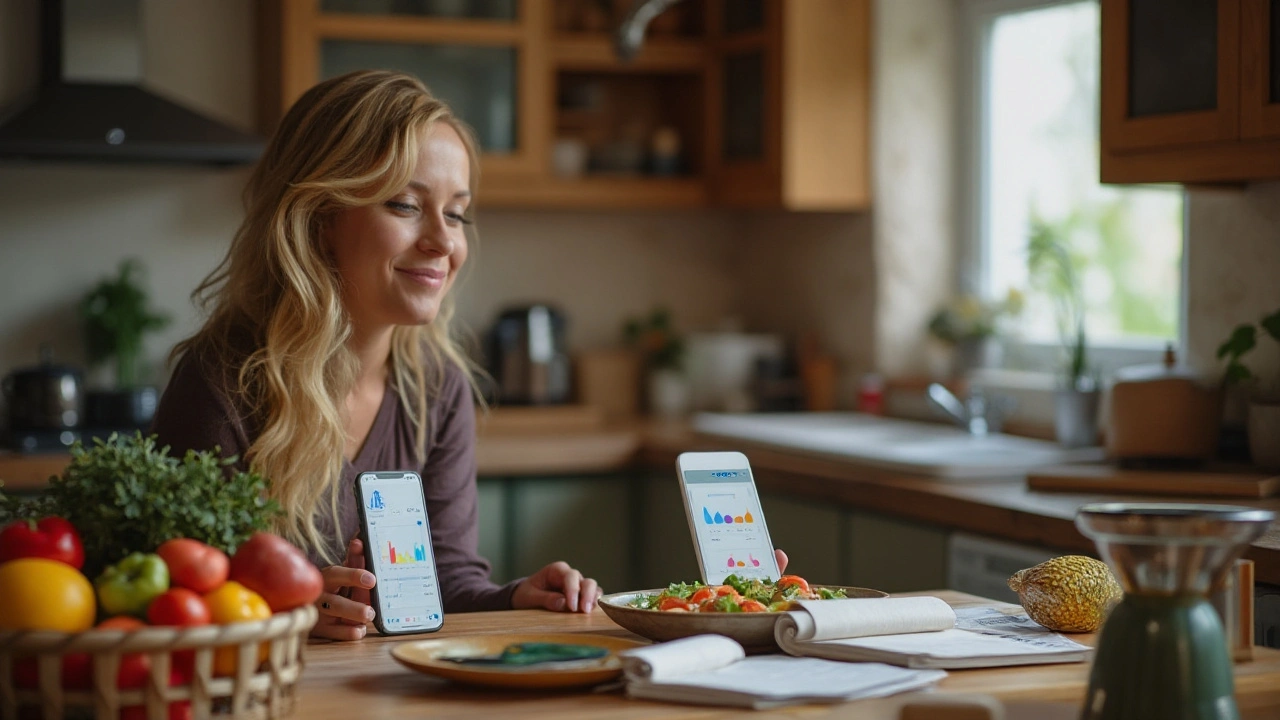Diabetic Gastroparesis: What You Need to Know Now
Have you been living with nausea, bloating, or food that just won’t leave your stomach? That could be diabetic gastroparesis — when high blood sugar hurts the vagus nerve and the stomach empties slowly. It’s common in people who have had diabetes for years, and it’s something you can manage with the right steps.
Signs, tests and what really causes it
Symptoms are often clear: chronic nausea, early fullness after small meals, bloating, heartburn, and unpredictable blood sugars. If food sits in your stomach, insulin timing becomes tricky and blood glucose can swing wildly. The gold-standard test is a gastric emptying scintigraphy (a timed scan that shows how fast the stomach empties). Alternatives include a breath test or an upper endoscopy to rule out blockage. Tell your doctor about weight loss, severe vomiting, or dehydration — those need faster action.
Practical steps to feel better today
Start with food and routine — they matter more than you think. Eat small, frequent meals (4–6 a day) instead of three big ones. Favor low-fat, low-fiber foods because fat and fiber slow emptying. Think smooth soups, well-cooked vegetables, mashed potatoes, yogurt, eggs, and tender lean meats or blended smoothies. Avoid raw vegetables, whole nuts, seeds, and high-fat fried foods.
Liquids move through the stomach faster than solids. If solids are a problem, try nutrient-rich smoothies or meal-replacement drinks. Sip clear fluids with meals and stay upright for at least 30 minutes afterward — lying down can make reflux worse. Check blood sugar before meals and aim for your provider’s target: acute high glucose often delays emptying more.
Medications can help. Metoclopramide speeds up stomach contractions but has movement-related side effects if used long-term, so doctors often limit it. Domperidone and low-dose erythromycin can help too, but each has limits and possible interactions. For nausea, antiemetics like ondansetron work short-term. Always review side effects and timing — many prokinetic drugs work best 20–60 minutes before meals.
If diet and pills don’t cut it, there are procedures: gastric electrical stimulation (for severe nausea/vomiting), feeding tubes placed into the small bowel, or temporary options like botulinum injections in specific cases. These are for people who keep losing weight or can’t stay hydrated. Your specialist will explain risks and benefits.
Quick tips: keep a food log tied to glucose readings, eat softer textures, time meds before meals, avoid large fatty meals, and call your doctor for rapid weight loss or persistent vomiting. Managing blood sugar carefully reduces symptoms and makes treatments work better.
Diabetic gastroparesis can feel overwhelming, but focused diet changes, glucose control, and targeted medicines usually help. Talk openly with your diabetes team — small changes often make the biggest difference.
Harnessing Continuous Glucose Monitoring for Managing Diabetic Gastroparesis
Diabetic gastroparesis, a complex complication of diabetes, often causes unpredictable blood sugar levels due to delayed stomach emptying. Continuous glucose monitoring (CGM) emerges as a promising tool, offering real-time insights that empower patients to better manage their condition. This approach not only helps in keeping a watchful eye on glucose fluctuations but also aids in tailoring personalized dietary and treatment plans. Understanding the benefits of CGM can be pivotal for those managing diabetic gastroparesis effectively.
© 2025. All rights reserved.

